Overwhelmed by the expense of living clean? These budget-friendly swaps are natural, non-toxic, and all pretty easy to do. They’ll help you make small changes that can give you a big impact!
My journey to living a more clean, natural lifestyle began several years ago when one of my children and I started to have some health issues. In looking for answers, I became convinced that the products we use in our homes and put on our bodies as well as the kinds of foods that we eat really do impact our overall health and well-being a lot.
However, I quickly became overwhelmed not only by all the information but also by the cost of clean living. Did living more naturally really have to be so expensive? I was determined it didn’t.
I’ve gradually learned various tips and discovered products that have helped me live a fairly budget-friendly non-toxic lifestyle. And I wanted to share them with you in the hope that you can benefit from what I’ve learned too!
What is clean living?
First, it’s probably helpful for me to define what I mean by clean living. To me, clean living is limiting harmful chemicals and other contaminants in our homes and bodies. It’s also using and enjoying things in their most natural, least processed form as much as we are able.
Non-Toxic Changes for Living Clean
I think you will find that these tips are all fairly easy to implement. And while living a clean lifestyle does tend to cost a bit more overall, many of these changes are free or will not cost you much more than you already spend. The ones that do cost more are one-time expenses that will be a long-term investment.
To avoid becoming overwhelmed, I recommend making gradual changes. Focus on just one or two items on this list at a time and I think you’ll find it manageable!
1. Glass Food Storage
Plastic is known to leach chemicals into food, especially when the plastic is heated or the food is hot. If you want to go all in, replace all your plastic food items with glass (or stainless steel) alternatives.
Don’t feel up to a total swap? Focus on the items that you use for hot foods since the heat really increases the risk of chemical leaching.
You may even be able to save jars that other things come in to help with food storage. For example, the one brand of salsa that I get comes in small jars that hold just a tad more than a cup. I love saving these and using them for small portions of food.
2. Cast Iron | Stainless Steel Cook and Bakeware
While non-stick coatings might seem super convenient, they are notoriously harmful for your health!
I prefer to use cast iron skillets and stainless steel pots and pans as they are non-toxic and, with care, last a lifetime!
(Side note: I highly recommend watching Dark Waters, a movie that tells the true story of a man who risks his career to help uncover just how harmful non-stick coatings are.)
3. Homemade “Convenience” Foods
As a general rule, pre-packaged, pre-made foods that you buy have preservatives, dyes and often other not-so-good-for-you ingredients in them.
Get in the habit of making your own convenience foods from scratch as much as possible. The great news is that many items are way easier to make than you’d expect, such as Homemade Bisquick, Homemade Cool Whip, Homemade Refried Beans and Homemade Onion Soup Mix.
4. Wooden | Stainless Steel Utensils
Plastic kitchen utensils can also leach harmful chemicals into your food. Replace them with wooden spoons and spatulas or stainless steel turners, ladles and spoons.
5. Clean Laundry Detergent
Nearly all traditional laundry detergents contain harmful ingredients. I recently discovered that one of the big-name brand detergents popular in the US is actually banned in Europe because it doesn’t meet their stricter, safer ingredient requirements!
Switching to a natural, environmental and health-friendly detergent is thankfully pretty easy. I’ve been using this detergent and really love it!
6. Vinegar | Dryer Balls
Fabric softeners are bad for the environment, bad for your health (think chemicals!) and aren’t really necessary. I haven’t bought any in years!
Instead, soften your clothes by adding 1/4 cup of white vinegar to your washing machine’s fabric softener dispenser.
If you use dryer sheets, swap them for wool dryer balls. You can even add a few drops of essential oil to them if you like a bit of scent. To reduce static, make sure you aren’t over-drying your clothes in the dryer.
7. Clean Cosmetics
Both personal care and makeup items are full of all sorts of harmful ingredients that we are putting directly onto our skin. And our skin absorbs 60-70% of anything we put on it.
But I put off switching to cleaner cosmetics for a long time because it felt so overwhelming and it can quickly get expensive too!
If you are on a really tight budget, I recommend doing a partial switch and just looking for items that are fragrance-free or that use essential oils for scent. If they are dye-free, all the better! Doing that alone will be really helpful and you can often find inexpensive brands that offer items like this.
Here are some of the items that we use and love:
- Simple soap is our go-to bar soap.
- Jason’s Biotin shampoo and conditioner make my hair feel amazing. I also use the conditioner as a shaving cream.
- Native deodorant and Schmidt’s deodorant are both brands that have worked really well for me.
- Lemongrass Spa is a great option for makeup. I have used Beautycounter too but they are a lot more expensive and I’ve slowly been switching over most of my items to Lemongrass Spa.
- Olive and June nail polish is formulated without fifteen harmful ingredients that are found in most nail polishes.
Recommended: EWG’s Skin Deep tool is great for checking out how potentially toxic an item is. They have loads of products already added to their system. Or you can use the Build Your Own Report feature for items that aren’t in their database.
8. Menstrual Products
Conventional pads and tampons have been found to contain various toxins. The amounts are small but they are also bio-accumulative, which means they build up in your body over time. Thankfully, there are quite a few better options.
For those times I want to use disposables, I go with organic liners, pads and tampons as they are made with ingredients that are clean (cotton that isn’t treated with pesticides, no plastic, etc).
Reusable pads are another option. Even if you just rely on these for light days or backup protection, you’ll recoup your cost fairly quickly!
And then there are the menstrual cup and menstrual disc. I waited a long time to give the cup a try and now I wish I would have made the switch sooner! And I’ve heard amazing things from disc users too.
The added bonus is that not only are these items better for you than conventional period products but the reusable pads, menstrual cups and menstrual discs also will save you money and are way better for the environment.
9. Beeswax Candles
Traditional candles are made from paraffin wax, which is the by-product of petroleum or crude oil and therefore doesn’t burn “clean”. Traditional candles also typically include synthetic fragrances, which have been associated with allergies, respiratory issues and more.1
Unfortunately, most soy candles also contain a high percentage of paraffin.
A non-toxic alternative is beeswax candles! Not only do they burn clean with barely any soot but they also are thought to naturally purify the air as they burn too. And they burn longer than a paraffin wax candle too!
Etsy is a great place to purchase pure beeswax candles. And if you prefer scented, these beeswax and coconut oil candles use high-quality essential oils and are really lovely!
10. Castile Soap
I love using Castile Soap to make my homemade foaming hand soap. It’s completely non-toxic, has no artificial fragrance and a little goes a long way, meaning one bottle lasts a long time!
I also will use it occasionally for cleaning. And I’ve even used it for laundry detergent in a pinch! It’s gentle enough that it can be used as a pet shampoo too. And
Just be sure not to mix it with vinegar as it reacts with the soap making it less effective and it can also leave behind a residue.
Related: Castile Soap Dilutions Cheat Sheet
11. Sal Suds
This plant-based detergent is similar to Castile Soap, but a bit more effective on grease, stains and when used with hard water. And unlike Castile soap, it can be mixed with vinegar.
I use Sal Suds to make my homemade bathroom cleaner. I also use it for mopping up floors, wiping down walls and for other general cleaning uses.
Related: Sal Suds Dilutions Cheat Sheet
12. Drink More Water
One of the best things you can do for your health is to stop or drastically reduce the amount of sugary drinks you consume (including juice!) and drink water instead.
And while you are at it, make sure you are drinking enough water too. Because if you are like me, you likely struggle to drink as much as you should!
It might seem really strange, but I’ve found that having a quart jar full of water on the counter helps me drink more as well as keep track of how much I’ve drank each day.
13. Metal Drinking Straws
Speaking of drinking…an easy non-toxic swap is to switch from plastic straws to stainless steel straws. Not a fan of metal straws? These bamboo straws are a great option!
14. Glass or Stainless Steel Cups
Plastic cups can feel so convenient, especially if you have young children. But because of the way plastic leaches and breaks down over time, I try to avoid it as much as possible.
And while glass cups can be kind of expensive, especially if you are prone to breaking them, we’ve found some that we love for a great price at Ikea.
If you prefer a non-breakable option, these stainless steel cups are great.
15. Glass | Stainless Steel Water Bottles and Reuseable Coffee Mugs
Along the same line, we have switched to either glass water bottles or stainless steel water bottles as well as stainless steel travel mugs.
16. Butter or Coconut Oil
This one may be a bit more controversial, but I try to avoid conventional cooking oils like canola oil, vegetable oil and corn oil because, among other things, they are highly processed and are thought to promote inflammation in your body.
Instead, I use butter or coconut oil for most things, along with the occasional use of olive oil. Ghee is also a great option, although I’ve never used it. And the occasional times that I do use sunflower or canola oil, I go with organic.
17. Open Windows
According to the EPA, “air within homes and other buildings can be more seriously polluted than the outdoor air in even the largest and most industrialized cities.” One simple (and free!) way to improve your indoor air quality is to open your windows regularly.2
Feeling skeptical that it really helps? You might find it interesting that the CDC recommends that opening a window and improving air flow can help reduce virus transmission.3 And, a study published by BMC Infectious Diseases found that TB transmission was reduced by 72% thanks to natural air ventilation. I think that’s amazing!4
18. Wash Your Produce
Fruits and vegetables are notorious for having residual pesticides on them, not to mention dirt and plenty of germs too from being transported.
A simple but effective way to reduce those things is to soak your produce in vinegar (1 part vinegar to 3 parts water) or baking soda (1 tsp. to every 2 cups of water) in cold water for 15 mins.
Just be sure to dry all produce thoroughly before storing to prevent spoilage! Also, berries don’t work very well for this. A good rinse is the best you can do there.
19. Houseplants
I love houseplants! Not only do they add life and beauty to your environment but they also naturally help to purify the air around you. According to this study done by NASA, houseplants can even diffuse things like formaldehyde!
If you are new to houseplants and are concerned that you won’t be able to keep them alive, I’ve found that Sansevieria (commonly called Snake Plant), Pothos, Peace Lilly and Spider Plants are all relatively easy to care for.
Helpful Tip: Pothos is easy to start from a cutting, so if you have a friend who is willing to let you cut a bit from their plant, this is a great way to save some money! Spider Plants also often produce little baby plants that a friend may be willing to share too.
20. No Shoes Worn Inside
Wearing your shoes in the house not only tracks in all sorts of dirt, but it tracks in all sorts of germs and toxins too!
Think about it. You wear your shoes in a public germ-filled restroom. You walk across grass that was chemically treated. You walk on an asphalt parking lot that is topped with a chemical-laden sealant. Then you come home and walk into your house, bringing along all those germs and harmful chemicals. Yuck!
If you really prefer wearing shoes inside, buy a pair to use exclusively as house shoes.

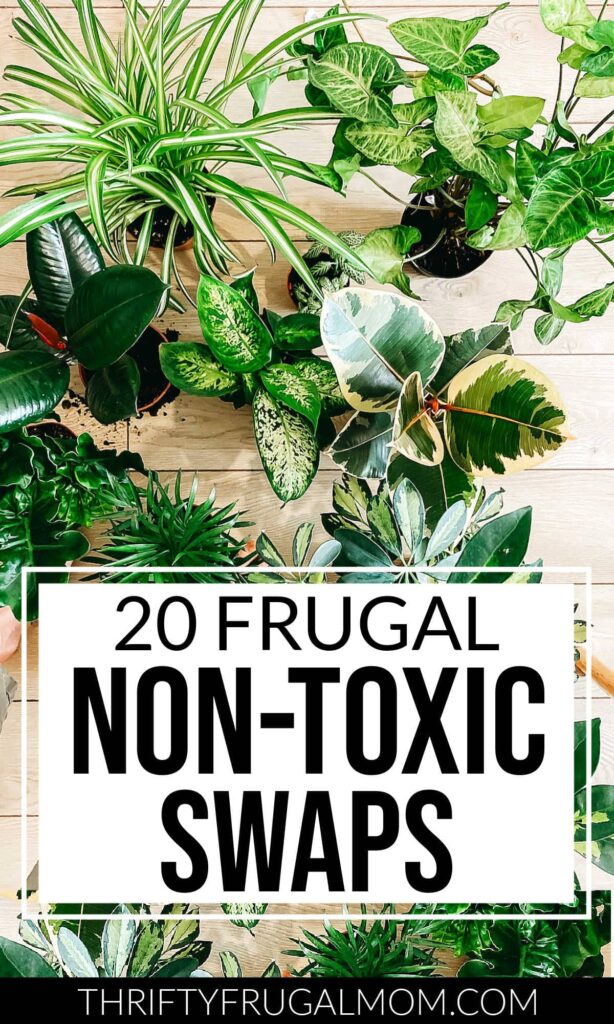
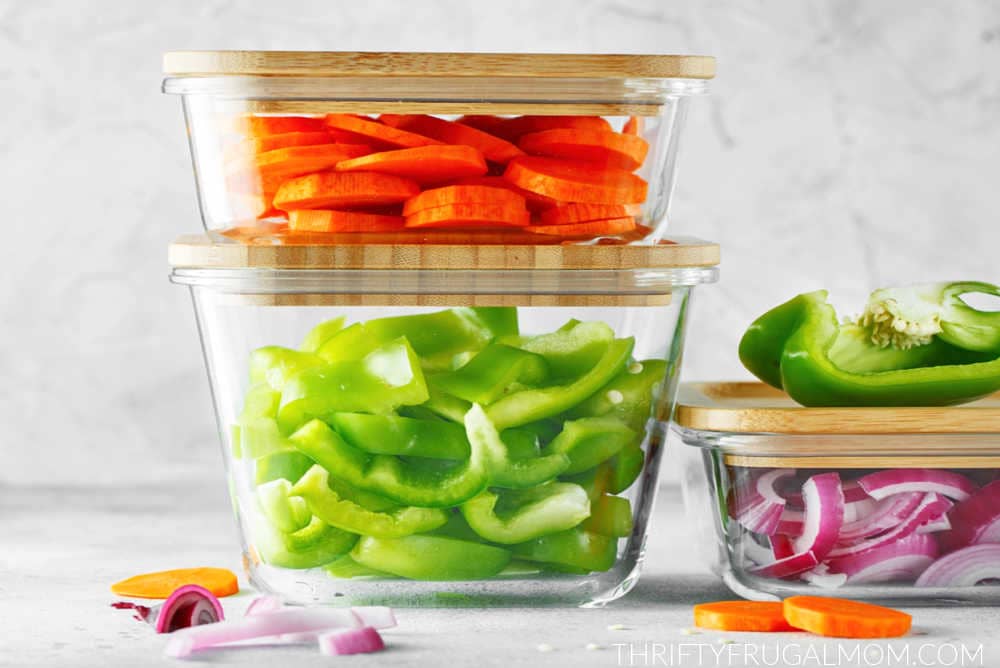
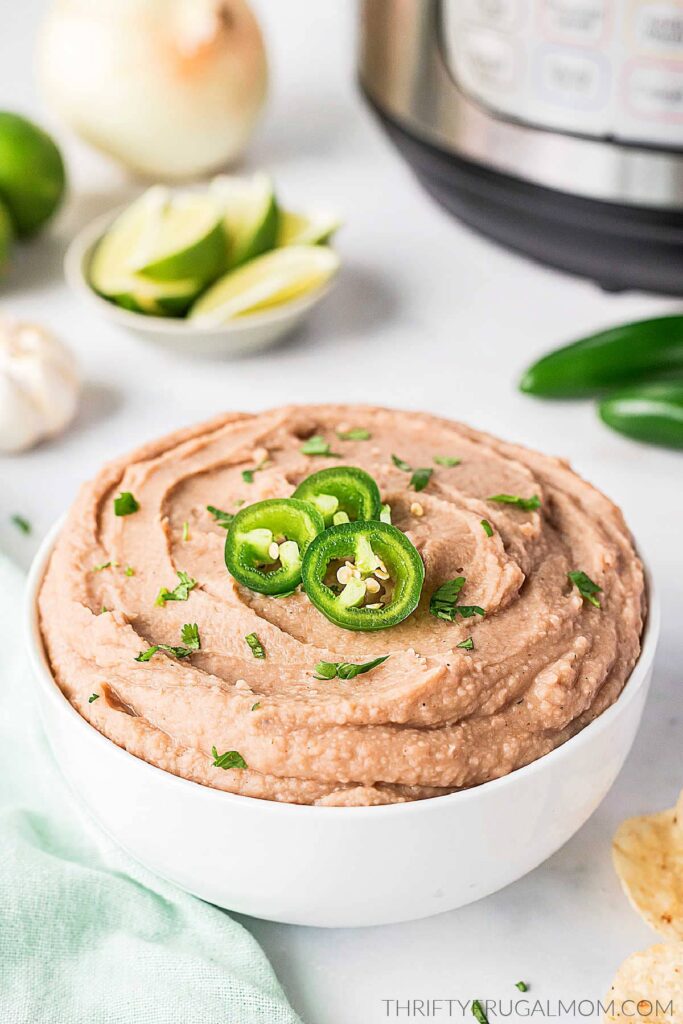
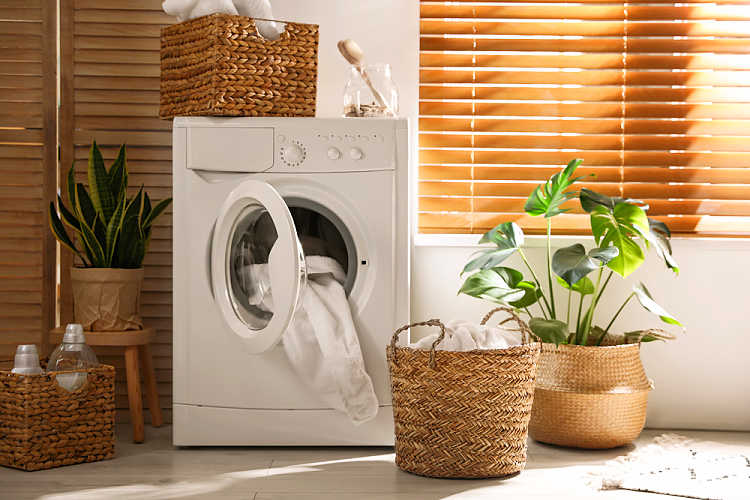
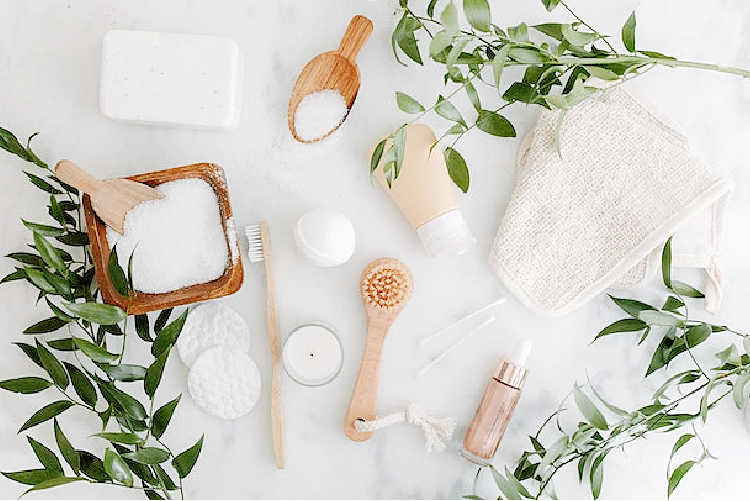
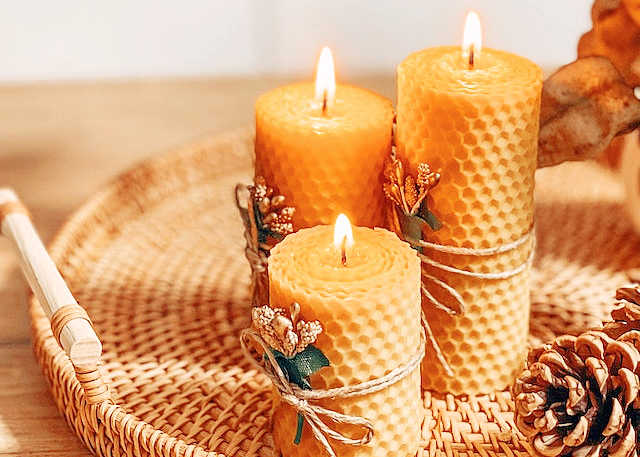
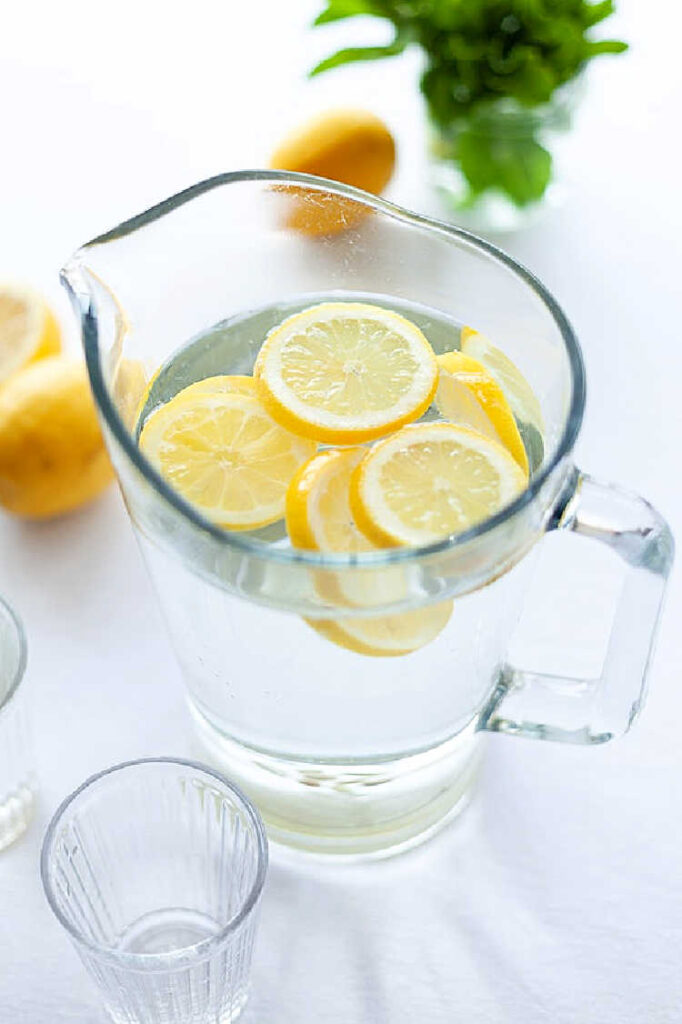
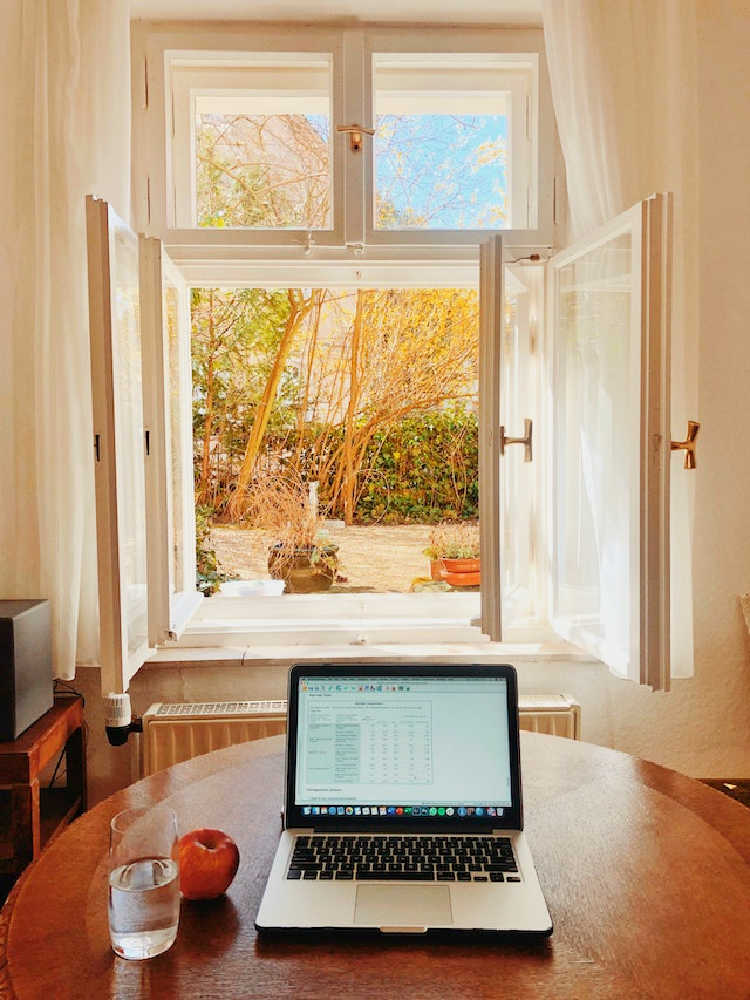
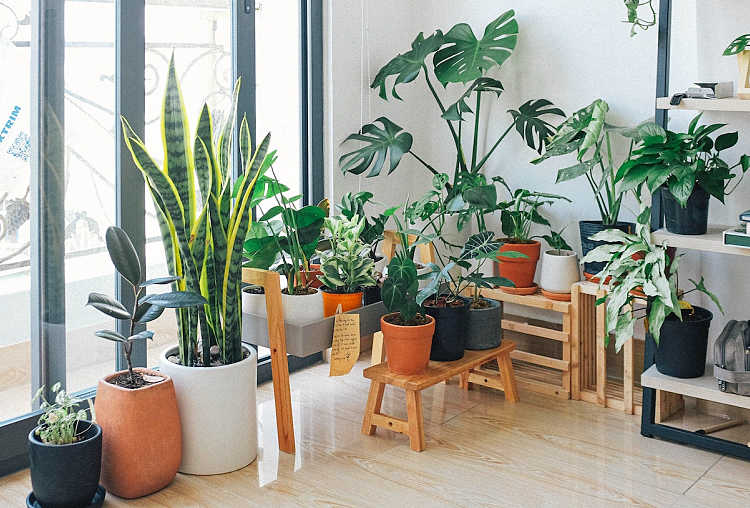

Sage
I’m such a big fan of your blog! I’m trying to use more natural products in my home. I found a green-certified carpet cleaner that has no toxic chemicals or detergents, and now I want to replace more things with natural options. I will definitely be trying out sal suds and molly suds! Thank you for your recommendations.
Lydia Beiler
I’m glad it can help, Sage!
Sally
Thanks so much for all of the tips! I really enjoy your blog!
Lydia Beiler
You are very welcome, Sally! So glad you find what I share helpful.
Julie
Love all these tips! We finally stopped wearing shoes inside a few years ago. I love thats it’s better for us and that I need to vacuum less too!
Lydia Beiler
Yes! My mom didn’t let us wear shoes inside strictly because it tracked in more dirt and she didn’t love the extra work it created. And happy to hear that you enjoyed the tips!